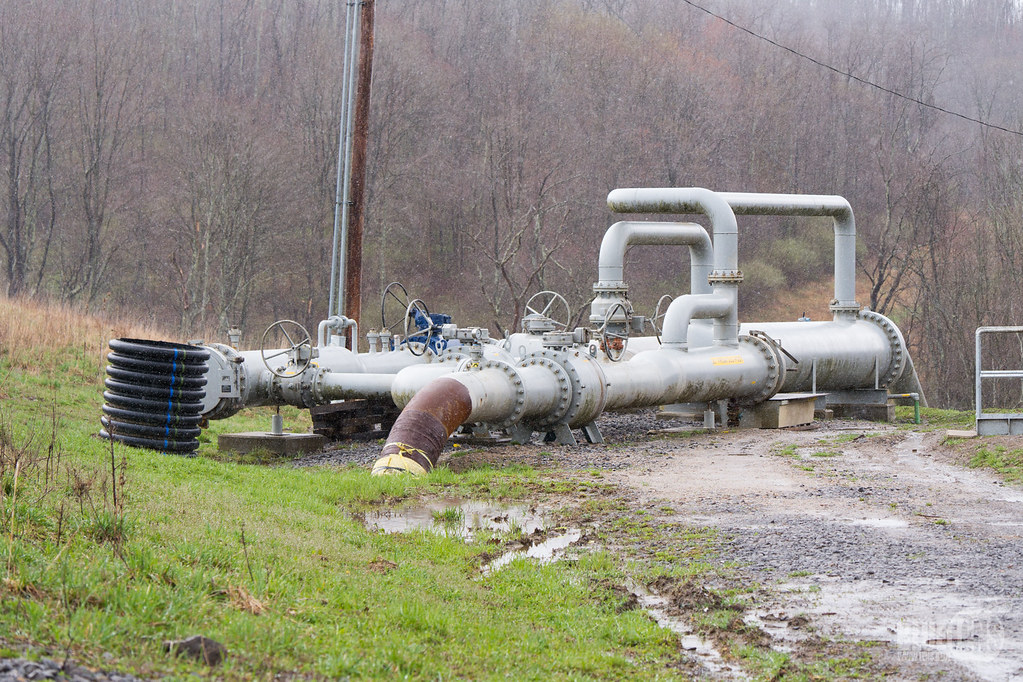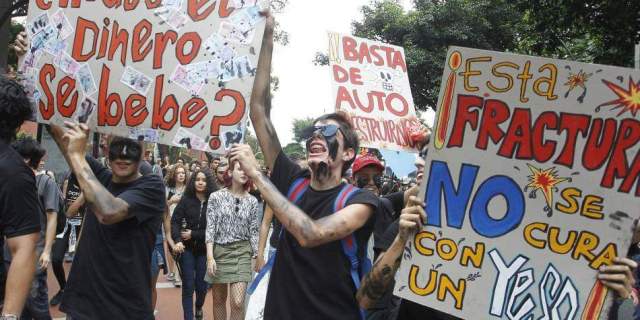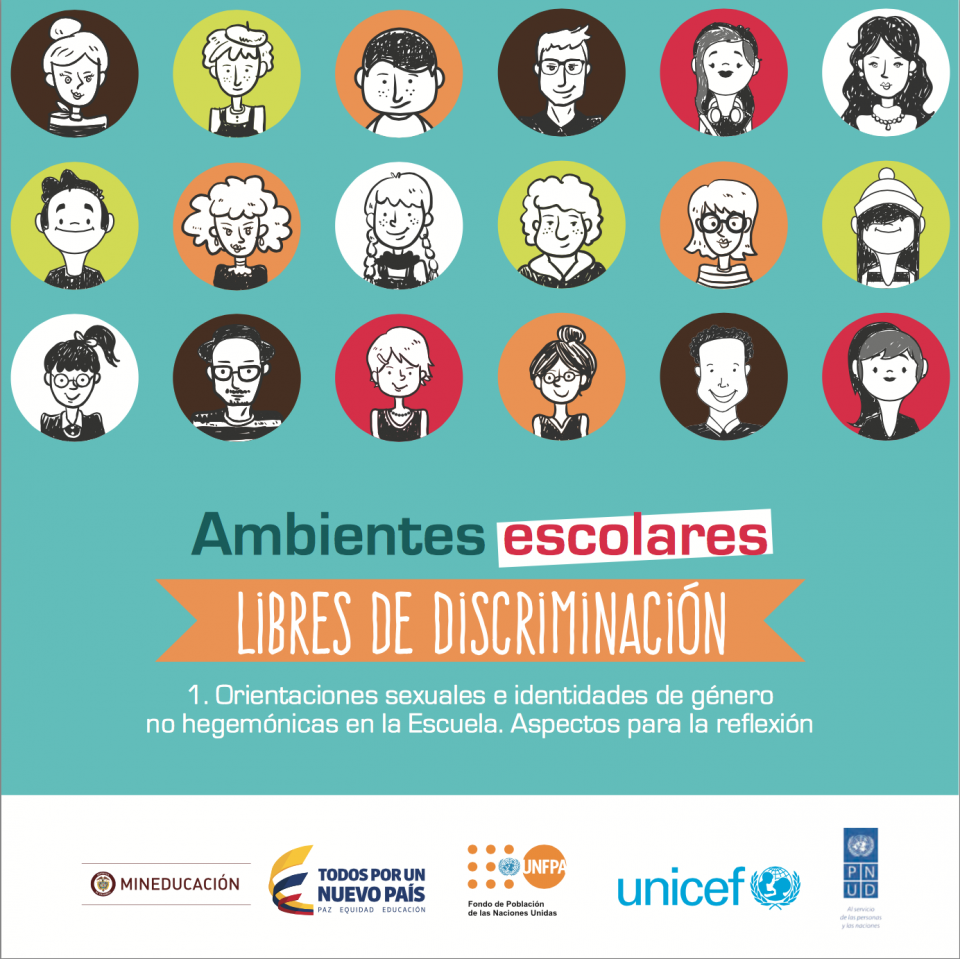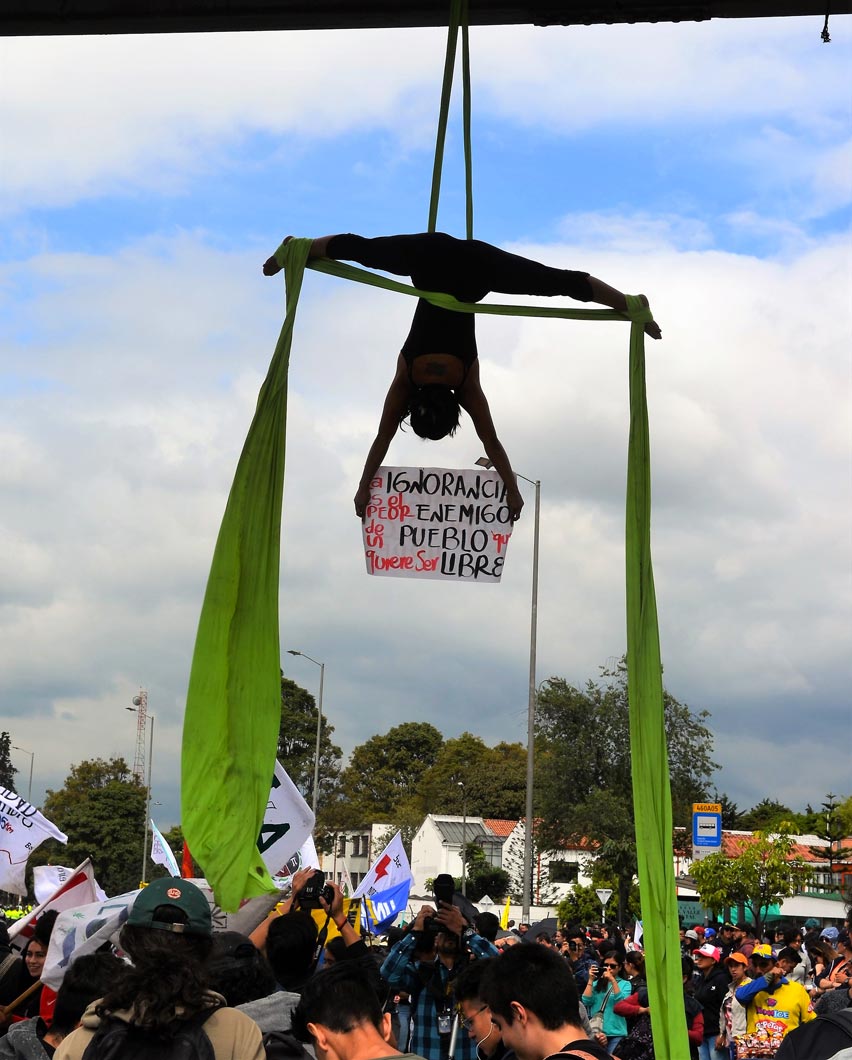
Fracking in Colombia has been on hold since the high court declared the potential risk of environmental damage was too high. But now the door may be opening again for exploratory pilot projects.
June 7 will be another big day for fracking in Colombia as the State Council holds its first public hearing on whether pilot projects for fracking might be allowed. The day will also see protest marches throughout the country – and even abroad – against the controversial process.
So is fracking legal?
The legality of fracking in Colombia right now is not clear cut. Put simply, the question of whether to frack has been buffered between conflicting resolutions and declarations from the Ministry of Mines and Energy and the Ministry of the Environment and other entities for about five years.
For example – and without getting too bogged down in the details – when the National Hydrocarbons Agency granted exploratory permits back in 2016, the Ministry of the Environment was still insisting that fracking was not allowed. Then, in 2018 the high court ruled that an overriding principle – that there needed to be absolute certainty no environmental damage would be done – trumped any other concerns and the pilot exploratory projects were put on hold.
The anti-fracking lobby may have won that bout, but fracking has by no means been ruled out. The high court decision is being challenged and a panel of experts has recently released its preliminary findings.
Unconventional deposits or yacimientos no convencionales (YNC), are small pockets of oil and gas that cannot be accessed by conventional means. Fracking is a method of releasing them by forcing sand, water and chemicals into the rock at high pressure.
Related: Fracking in Colombia: What the frack?
The pro-fracking organisations, including the Ministry of Mines and Energy, the National Hydrocarbons Agency, EcoPetrol and ExxonMobil, all argue that fracking is both necessary and feasible. Moreover, they believe that the strict regulations in place in Colombia make it possible to frack without causing serious environmental damage.
In a recent La Republica discussion panel, Fernando Sarria, president of ExxonMobil, argued that “it’s been eight years since the regulation of fracking began to develop and it’s a regulation that has been developed in a consensual way.”
But Héctor Herrera Santoyo from the anti-fracking group, Alianza Colombia Libre de Fracking told us back in September that fracking – in any form – had to be banned. He said, “There is no evidence of fracking extraction activities that have not had an impact on the environment.”

In addition to the risk of water and subsoil contamination, he raised the issue of climate change, pointing to the “catastrophes caused by the climate crisis such as extreme weather events, droughts, floods, disappearance of water sources, environmental displacements and so on.”
Herrera stated: “Reserves of unconventional hydrocarbons must be left in the subsoil, so as not to generate greenhouse gases.”
It is not hard to see why the government would like to find a way to frack safely, since the Minister of Mines and Energy, María Fernanda Suárez recently announced that Colombia only has 6.2 years of energy sufficiency ahead – and fracking, no matter how controversial, offers the country an energy lifeline.
Which of course is at the heart of the debate. Is it actually possible to frack safely and how much will the government compromise in the interests of energy security?
The reason that many publications are saying that the controversial extractive process has got the green light is that this was one of many questions addressed in the 1,500-page National Development Plan 2018-2022 (PND) that was approved by congress on May 3.
The PND is a kind of roadmap for the coming four years that tackles economic, social, environmental, and other challenges. And within one of its supporting documents, there are two paragraphs that open the possibility of fracking. As fact checking site, Colombia Check explains, “Although the government plan does not open the way for the exploitation of unconventional deposits, it does leave a window ajar to study the possibility of doing so.”
Up to now the fracking battleground has been over the exploratory projects, with the pro-fracking side arguing that pilot projects are essential. What may become clear on June 7 is whether the pilots might be allowed which would take fracking in Colombia a step closer.
Colombia is not alone in trying to square the circle of a reliance on – and need for – oil and gas against the environmental dangers of fracking. However, two things in particular stand out here: the existence of páramos and the economy’s heavy dependence on hydrocarbons.
It’s on hold in The Netherlands. France, Uruguay and Australia, along with certain states and provinces in the US, Australia and Canada, have banned it completely. And other countries, like China are proceeding with care.
| Pro-fracking | Anti-fracking |
| The country needs energy security and unconventional deposits and offshore projects offer a way to get it. | There is a risk of increased seismic activity as seen in other countries. |
| There are strict regulations in place that have taken eight years to develop. | There is a risk of air pollution, and the contamination of surface and ground water sources. |
| The methane – which contributes to climate change – is not on the same scale as that produced by the agricultural industry. | Fracking would release methane into the environment, contributing to climate change. |
| Pilot projects are essential to understand the possible impact of fracking and build trust in communities. | Colombia should instead develop alternative energy sources such as solar and wind power. |
| The effect of fracking in or near the páramos is unknown. These are fragile – and unique – ecosystems that contain 70% of the countries drinking water |





